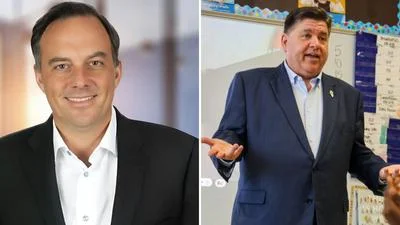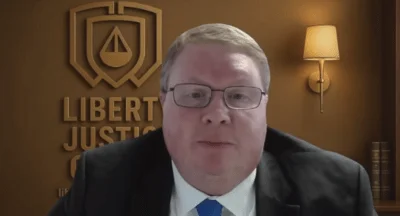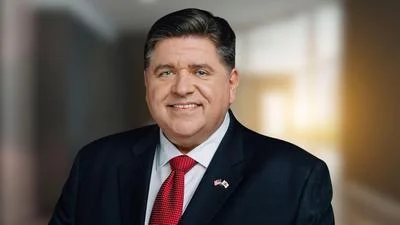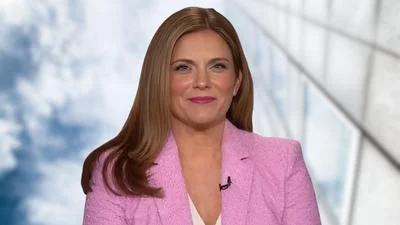The Hutsonville school district plans to reopen this fall with masks optional. | Pixabay
The Hutsonville school district plans to reopen this fall with masks optional. | Pixabay
Members of the Hutsonville School District board gathered June 30 in a special meeting to discuss the possible litigation with the Illinois Department of Public Health and Illinois State Board of Education over the 63-page joint directive on how the 2020-21 school year should begin.
According to Executive Order 2020-40, which was filed June 4, by Illinois Gov. J.B. Pritzker, schools are allowed to reopen for in-person instruction during Phase 3 of the Reopen Illinois Plan.
In-person instruction isn’t encouraged until the state is in Phase 4. At that time IDPH guidelines include required use of personal protective equipment (including face coverings), gatherings of 50 or fewer in a single space, social distancing as much as possible, schools to screen students and staff for symptoms and submit to temperature checks, or require them to self-certify that they have no symptoms of COVID-19 before they enter the school buildings, and required increased cleaning and disinfection schoolwide.
All public and non-public schools in Illinois serving students from pre-K to 12th grade must follow these guidelines, according to the transition joint guidance document issued on June 23.
At the school board meeting, all members except Chad Weaver were in attendance (although Weaver did vote by phone in the final vote), including president Tina Callaway, vice president Matt Draper, secretary Chad Guyer, and board members Mark Angel, Connor McCoy and Travis Matthews.
“Our board is leaning toward appointing legal representation to implement our own guidelines," Callaway said. "I think we need to have some local decision-making power here, not just guidelines that are issued by ISDE and the Illinois Department of Public Health.”
The school district is putting in freestanding handwashing stations and considering other options, such as plastic sneeze guards between student desks and initiating social distancing.
“The masks should probably be optional, similar to they are they do at my church," Callaway said. "We can have the parents self-certify that kids don’t have a 100-degree temperature. To me this is just common sense. It’s not because COVID-19 isn’t serious, because it is, but I wouldn’t send my kids to school if they had strep throat, or they had pink eye, or they had diarrhea or they were throwing up.
"I don’t want any of those things at work and that’s what I tell people. There isn’t going to be as good an education if kids aren’t here in person. There are more kids that need that attention from our staff than they can get at home.”
When the school reopens in the fall, the board is looking at five days a week, all students in session and in person face to-face instruction. There is no consideration of a hybrid or shortened school week in the community near the Indiana state line.
Returning discussion to the state guidelines, Callaway pointed out that there were “a lot of things in there that are required with no leeway or local give at all." She added, "This community has shown and believes that masks aren’t necessarily should be mandatory. When we make that statement, it’s recommended, but not mandatory. If you want to wear one, that’s fine.”
Several community members said they felt they could not educate students with masks and temperature check requirements, and others said they wanted their children back in school for social and emotional reasons. For students who don’t feel comfortable attending in person, or who are ill, online learning will be available.
“Students will be expected to be dressed and in front of their Chromebook they will attend but be at home,” Callaway said. “It’s not only for academic, but social and emotional reason they need to physically attend school. Google Meet or classroom will be an option where they can log on and see what’s going on in their classrooms. It’s not that the school or all of their employees aren’t going to do things to keep things clean or social distance. We want to protect our teachers too. Julie Kramer’s looked into plastic sneeze guards. Those are all things we can do but try to give the kids a normal education.”
Others also pushed back against the directive issued by ISDE.
“You’re not bound by this directive [from the State Department of Education]. Local control is how things get done for a lot of things, not just what we’re doing here today,” said local attorney Thomas DeVore during public comment.
When asked what the district would do if there was an outbreak of COVID-19, Callaway said that plans haven’t been finalized with details, but it would be addressed, and that information would be published on the school’s website.
DeVore said in the event that there’s an outbreak of COVID-19, the district would rely on the Illinois Department of Public Health.
“They have specific rules laid out in the law if someone becomes ill with infectious disease if they became ill in a public or private building, they have protocols," he said. "I have had clients get a knock on their door with the director of public health. Those rules are very specific and laid out. If a business or building has to be closed, if the building owner doesn’t do it voluntarily, it requires a court order.
And two, you can only do that for the period of incubation for the infectious disease. For this one, I understand that’s 14 days. Those regulations and rules are in place and there to protect people I’m hoping they’re sufficient and the school can work with the local public health department and give parents comfort on how they’ll address those issues if they come up.”
With a phone call to absent member Weaver for the vote, DeVore was unanimously appointed by the school board to represent the school district to create their own guidelines and rules for opening in 2020-21.






 Alerts Sign-up
Alerts Sign-up